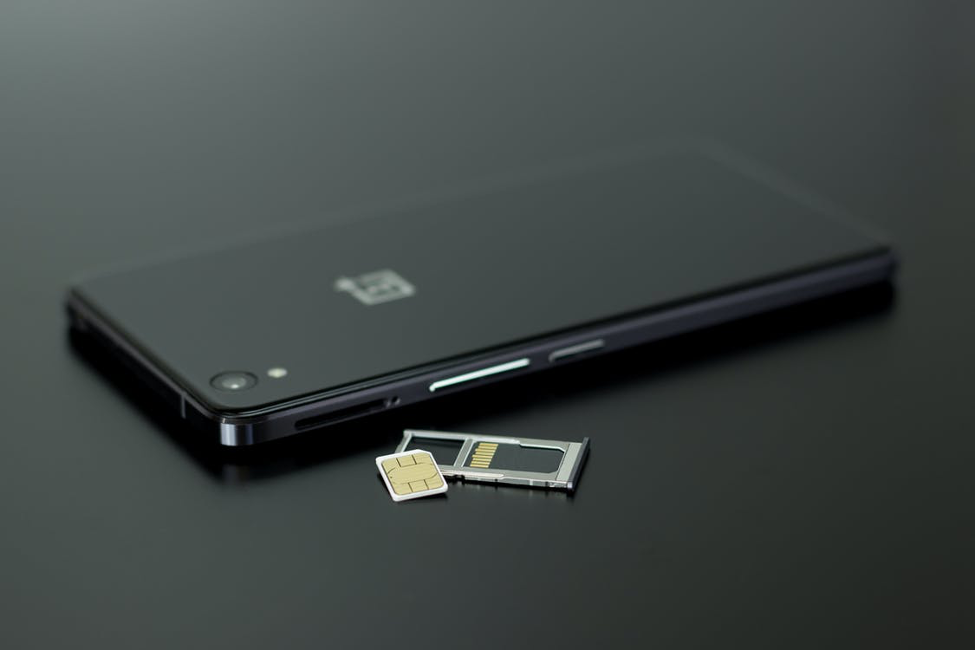Staying connected on the go has now gained a brand new meaning. With the current situation in the world, most business and school activities have shifted to online platforms. While this gives people more freedom to work and study on the go, it also raises the challenge of staying connected at all times. That is where technologies such as SIM and eSIM cards come to play. Here’s what each type of card has to offer, as well as which option is better for you.
Pros and Cons of SIM Cards
A SIM card is a small memory chip that stores information about the cellphone user. SIM cards are far more common than eSIM cards because they’ve been around for longer. Here are the pros and cons to help you determine whether this is a good option for you:
Pros:
- SIM cards have been around for a while - This is not a new technology, meaning most major mobile data carriers use SIM for their best data plans.
- SIM cards are removable - In case your phone battery dies, you can simply take your SIM card out and put it into another phone with a charged battery to stay connected.
- SIM cards can be upgraded - If you want to upgrade your SIM plan, all you have to do is bring the outdated SIM to the mobile provider and they will give you a replacement.
- SIM cards are easy to access - SIM cards operate on a prepaid system, meaning they are easy to find at local stores and markets, no matter where you’re at.
Cons:
- SIM cards can be hacked - Even though SIM providers are working on securing their technology, SIM cards are still hackable and can compromise important data such as bank account details or personal information.
- SIM is limited - SIM cards have a limited memory capacity, meaning they have a limit to how much essential information they can store or process.
- SIM requires cellphone tower signal - There might not be any tower coverage in scenic areas, which could make SIM cards inconvenient for travelers.
Pros and Cons of eSIM Cards
The new term in this field, the eSIM card, refers to an embedded SIM card where the small chip is already integrated into your device. The information on an eSIM is rewritable, meaning you can change your operator through a few simple steps. However, there are significant pros and cons of this technology:
Pros:
- No physical card - With an eSIM, you’re not dealing with a physical card so there is no way you can lose it or misplace it when it’s already integrated into the device.
- eSIM is smaller - Since this chip is significantly smaller than the old SIM version, it can be integrated into wearable devices such as smartwatches. This allows you to make phone calls and send messages with these devices.
- eSIM is difficult to hack - It is much more difficult to hack through an eSIM, which makes this a far more secure option.
- Store multiple Cellular profiles - eSIM does not have any limitations as to how many cellular profiles and information you can store.
Cons:
- Not available for older phones - Since eSIM is a newer technology, it requires newer phone models.
- Makes it harder to transfer data - In case you’re switching phones, you can’t just take the SIM out and put it in the new device. Instead, you have to download the data from the cloud onto your new phone.
- Can’t be used with multiple phones - Unlike traditional SIM cards, eSIM is limited to one device only.
Which Is the Better Option?
The last question is - which option is better for you? If you have an older phone that doesn’t support eSIM, stick with the regular SIM cards if you don’t feel like upgrading to a new device. However, newer phones feature dual-SIM technology where you can use both SIM and eSIM cards, which can come in handy in different situations. When it comes to security, eSIM is far more difficult to hack and thus more secure.



 714-333-9620
714-333-9620